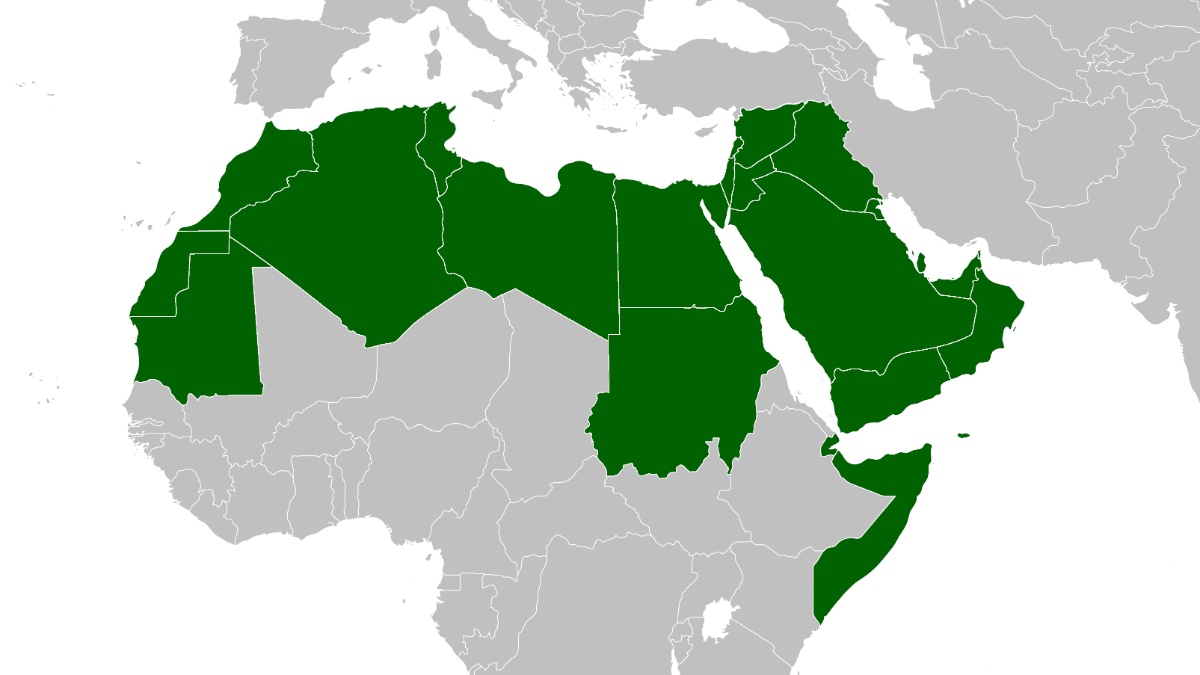Strategic reasoning in the Arab World has to reexamine and revisit its constitutive dogmas and go beyond its two outmoded assumptions: self-centered Middle-Easternism and Mediterranean orientation
These two dogmas result from old colonial conceptions of an Arab World reduced to the in-between zone between Europe and the rest of the world
The emerging geopolitical constellation in the traditionally labeled “Middle East” invites us to revisit the political paradigms that dominated this sphere in the modern period.
The major tendencies of the novel global geopolitical equation can be enumerated in the following three features:
Primo, the decentering of the world order from the Atlantic and the Mediterranean to the Indo-Pacific space has become a principal context for influence among major international powers. The relative regression of Europe, the rise of China and India, and the simmering tensions that feed this zone indicate the tendency. Initiated under former U.S. President Donald Trump, the strategy to contain China has become a knot of the foreign policy of the new administration in Washington. The United States seeks now a new partnership with the Asian Pacific countries through the Quadrilateral Security Dialogue, which links America to India, Australia, and Japan to go around the dazzling rise of China in the region.
China, on the other hand, has built its strategy of world power on its salient project of the “new Silk Road”, Belt and Road Initiative, which is based on heavy investment in road and port infrastructure, and which links the Central Empire to Europe and Africa, tilting the balance to the Indio-Pacific. While reclaiming power on the North Sea, Beijing deploys intensive diplomatic and military effort to impose its control on the entire Indo-Pacific zone while doubling partnership and cooperation initiatives with southeast Asian countries.
The second feature regards Russia’s grappling with the old concept of Eurasia, or the space mediating Europe and Asia, with the proclaimed ambition to control both of the geopolitical zones to which it belongs. This Eurasian project is the geopolitical base of post-Soviet Russia, two decades on the rise of President Putin. His goal is to unite the Slav and Turco-Mongol world as well as to control the waterways of the Black Sea. Turkey, the other historical and strategic power of the Euro-Asian space, struggles since the end of the Cold War to invest in the opportunities provided by the withering of the Soviet Empire to dominate the Turkish-speaking world of the Caucasus and Central Asia, and walk off its Anatolian preserve.
The third feature speaks to the decline of the concept “Middle East”, a legacy of European colonial thinking in the 19th century, with respect to hegemony classification on the east of the Ottoman-Persian sphere. In as much as the American strategic doctrine has tried to rehabilitate this concept and expand it on the wake of the tragic events of 9/11, the new geopolitical situation demands the extension of the vital space of west Asia to the stakeholders of the Red Sea and the Indian Ocean, essentially linked to the current Arab context. The two most crucial maritime roads to the strategic security of the Arab region, the Suez Channel and Bab-el-Mandeb Strait pass through the Red Sea and link the Mediterranean and Indian spaces.
The strategic Arab thinking has to reexamine and revisit its constitutive dogmas, which are predicated on two outmoded assumptions: self-centered Middle-Easternism and Mediterranean orientation. These two assumptions result from the old colonial conception of an Arab World reduced to an in-between zone between Europe and the Persian World.
To be involved in the new global geopolitical equation based on stakes of rivalry and competition in the Indo-Space and the larger Eurasian region is extremely necessary for the political elites of an Arab World engaged in a reconstruction process of the regional Arab order, which yields today to a restructuring and profound reconstitution.


